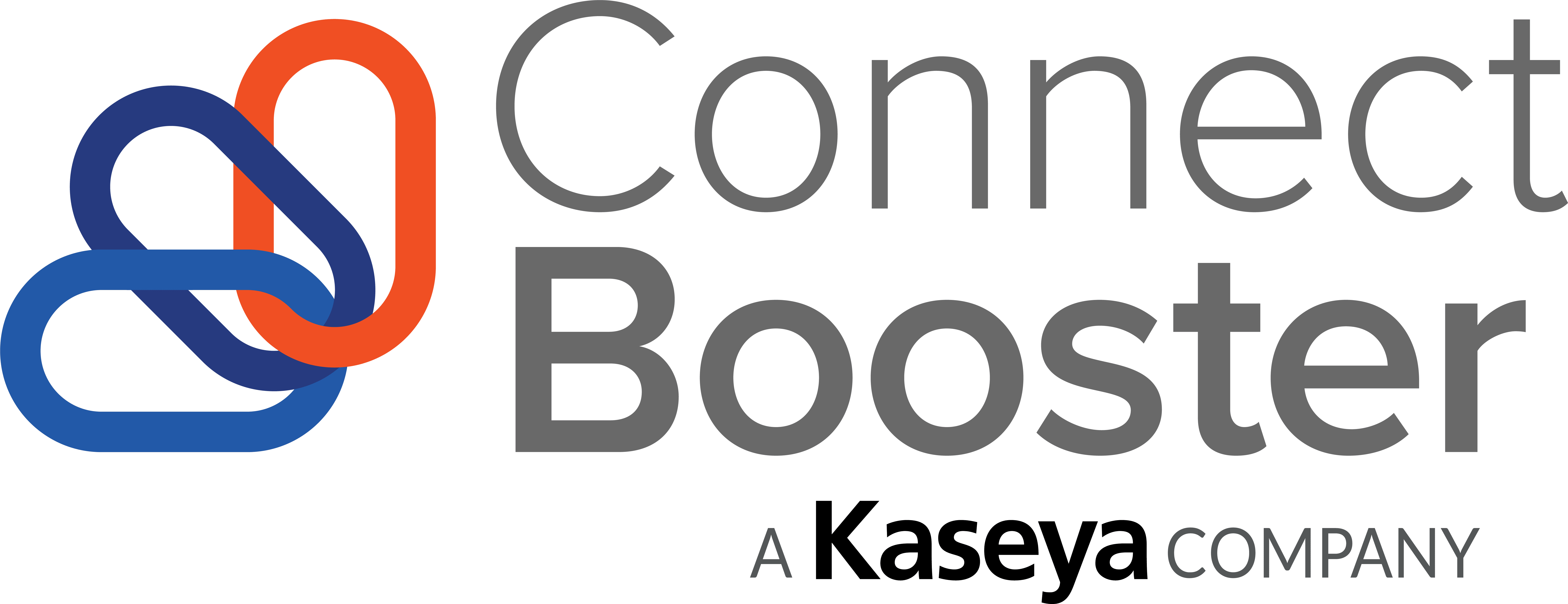Running an IT services firm can be a complicated endeavor—and solving clients’ technology concerns is often one of the less difficult parts for solutions experts. The pressures that come with hiring, training, and managing employees and overseeing operations can be as challenging as addressing the service needs of their customers.
The big problem is each of those actions requires time and money. Payroll costs for supporting the technology needs of small businesses can escalate exponentially without proper escalation processes and workflows in place, and controls to manage exceptions. Two of the key success factors for managed services businesses are optimization and proactive support. Driving efficiency throughout an MSP organization improves the cost of delivery and bottom-line profitability, especially with the ongoing inflationary pressures on payroll and other critical expenses.
Controlling overhead must be a top priority for any business today. For MSPs, one of the best options for trimming labor costs and minimizing financial risks is through automation and tool optimization—getting the most value from each feature of their technology platforms.

Focus on Organizational ROI
The best way to highlight what an IT firm can do for its clients is to demonstrate its own optimization strategies. How does the MSP employ and integrate its various technologies to get the most benefit from each specific investment? While those systems may vary between providers and customers based on their specific business needs, the strategies around optimization and automation should be similar in mindset and application.
In other words, MSPs should evaluate the feature set of each potential solution (internal and client-facing) and select the options that provide the best win-win for all parties. Determining the hypothetical return on each investment can be tricky in such a dynamic environment. Clients may come and go, and providers may need to add and subtract tool based on a variety of factors, including technology advances, vendor relationships and pricing models. Keeping track of all those potential changes can be maddening for any MSP.
There are several common tool features that deliver a solid return for managed services businesses, including:
- Management portals. Control and oversight are critical to an MSP’s success and the ability to add, remove and manage endpoints and track activities allows providers to handle many clients with fewer resources. That saves labor costs while boosting service quality and customer satisfaction.
- Mobile apps. In today’s remote working world, techs and sales teams must be able to access to key business tools from virtually anywhere. Applications at their fingertips lessens the chances of losing critical information and reduces the time to it takes to resolve issues and close service tickets.
- Instant alerts. Time is money, and the faster MSPs receive notice of potential internal or client-side problems, the less potential fall-out for their IT environment. Whether receiving notification of a power outage or probable cybersecurity attack, technicians can begin troubleshooting the issues and restoring any affected services.
- Workflows/templates. Who doesn’t enjoy a good shortcut? Many technology vendors provide their partners with guides and pre-designed workflows to optimize set-up and success with their tools. Rather than spending time experimenting and adjusting configurations and processes, MSPs can leverage the know-how of SMEs and peers to limit their frustration and reduce their team’s learning curve.
- Practical reporting. MSPs need access to the right information at exactly the right time to properly support their IT ecosystems and clients. Not just performance statistics for networks, but key data like employee productivity and resource utilization rates. From PSAs and RMMs to systems that manage collections and payments, reporting helps providers better manage their people and technologies—a sure way to maximize ROI.
- MSP-centric integrations. This feature is one of the most critical for MSPs, especially those leveraging a variety of different systems to support a disparate collection of clients. Imagine how difficult it would be to work with multiple platforms simultaneously, attempting to reconcile all the alerts and information in real time. High-value MSP integrations bring oversight and data into one central location. These features make management much simpler, boosting efficiency and profitability.
- Chat functions. Easy support options increase margins for MSPs. With fast access to vendors’ help desk staff, providers can resolve clients’ issues faster, reducing labor costs and helping to improve customer satisfaction and retention.
- Automated billing. Any systems that improves an MSP’s invoicing and collections process has the potential to put more money in their bank account. Automatic billing features with scheduling options remove critical tasks (and guesswork) from over-taxed IT services employees while strengthening cash flow—a must in this economic environment. These features allow MSPs to convert more of their MRR opportunities into actual money in the bank.
- Document managers. MSP businesses can be very complicated today between the multitude of systems, paperwork and client and employee-related issues. Effective management of critical internal documents and client standard operating procedures allows authorized personnel to easily access information whenever and wherever it’s needed.
- Simplicity. The best feature for any tool that MSPs utilize is ease of implementation, use and management. Saving time and anxiety for managed services business owners and their employees is critical, so the simpler the systems are to operate, the fewer the headaches and lower the payroll. A straightforward application with automation and integration options is one of the most cost-effective tools in an MSP’s arsenal.
Keep it Simple!
Constructing a cost-effective managed services portfolio is not easy, especially for firms that target clients in multiple verticals with a dizzying number of needs. That toolset can be hard (and costly) to manage.
Most MSPs focus on developing core platforms and assemble their portfolios with flexible and feature-rich solutions that deliver a solid return on their investment. The platforms channel vendors specifically design for the managed services community can save providers a lot of headaches—and money. Why recreate the wheel with integrations and configurations for a non-industry specific toolset when those critical features are readily available in an existing system?
Purpose-built MSP tools like ConnectBooster give providers the features they need to do business. From integrations with best-of-breed industry platforms and automated workflows to a host of billing and collections-related options, IT services firms can improve efficiencies and improve cash flow—which translates into a solid return on their investment.
Schedule a 15-minute discovery call to see how ConnectBooster is specifically designed to save MSPs time, money and hassle.

